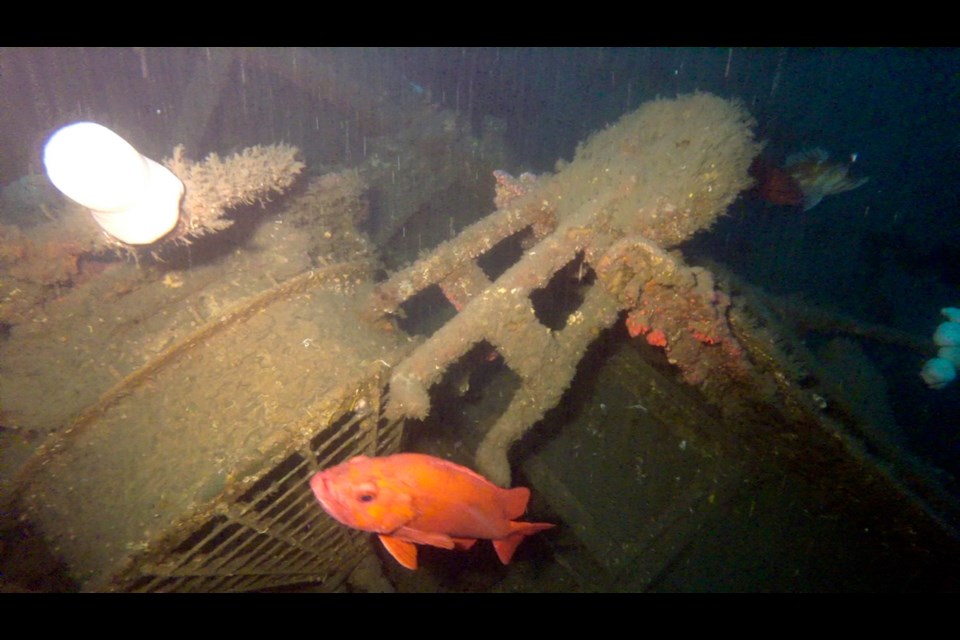A hundred years ago in a blinding fog, a U.S. coast guard ship was sailing off the coast of Southern California when it crashed into a passenger steamship.
The USCGC McCulloch sank within 35 minutes and lingered on the ocean floor undisturbed by people for a century.
On the 100th anniversary of the vessel’s June 13, 1917, disappearance, the coast guard announced last week that it found the shipwreck — not far from where it went down. And officials plan to leave it there.
Strong currents and an abundance of sediment would make moving the delicate ship too difficult, officials said in detailing the discovery of the San Francisco-based USCGC McCulloch. They also paid tribute to its crew, including two members who died in the line of duty, but not in the crash.
Coast guard Rear Adm. Todd Sokalzuk called the ship “a symbol of hard work and sacrifice of previous generations to serve and protect our nation” and an important piece of history.
The ship sank shortly after hearing a foghorn nearby and then colliding with the SS Governor, a civilian steamship. The McCulloch’s crew was safely rescued and taken aboard the steamship.
The National Oceanic and Atmospheric Administration and the Coast Guard discovered the wreck last fall during a routine survey.
Researchers focused on the area of the shipwreck five kilometres off Point Conception, California, after noticing a flurry of fish. Sunken ships offer a great place for fish to hide. The site is about 240 kilometres northwest of Los Angeles.
Commissioned in the late 1800s, the McCulloch first set out to sea during the Spanish-American War as part of Commodore George Dewey’s Asiatic Squadron in the Battle of Manila Bay.
Cutters based in San Francisco in the late 1800s and early 1900s represented American interests throughout the Pacific. They also played important roles in the development of the western U.S.
After the war, the cutter patrolled the West Coast and later was dispatched to protect fur seals in the Pribilof Islands off the coast of Alaska, where it also served as a floating courtroom in remote areas.
The archeological remains, including a 38-centimetre torpedo tube moulded into the bow stem and the top of a bronze four-metre propeller blade, are draped with white anemones 90 metres below the surface, officials said. A six-pounder gun is still mounted in a platform at the starboard bow.



